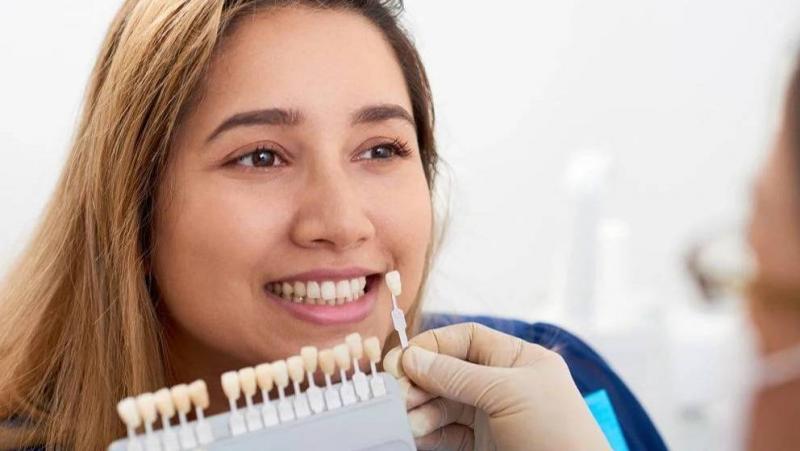People with misshapen or stained teeth often resort to a costly cosmetic procedure known as ceramic veneer or cosmetic shell. Experts at the Cleveland Clinic define veneers (Dental veneers) as a cover that "covers the front surfaces of your teeth." They are usually made from composite material that matches the color of teeth or porcelain, and they are intended to be permanent. Veneers differ from crowns, as the crown covers the entire area of the tooth. Crowns are used to repair damaged teeth and provide strength and protection, while cosmetic veneers, as the name suggests, are purely cosmetic.
Who Needs Veneers?
According to experts, cosmetic veneers are used by those who want a more beautiful smile. They can help hide broken teeth, gaps between teeth, stains that cannot be removed, small or misshapen teeth, and other imperfections. Cleveland Clinic experts noted that individuals with extensive cavities or gum disease may not be good candidates for cosmetic veneers. Such health issues may need to be addressed before a dentist considers using veneers.
What Are the Different Types of Cosmetic Veneers?
There are different types of cosmetic veneers:
- **Porcelain**: Porcelain veneers are usually custom-made to address individual imperfections. A certain amount of the original tooth enamel must first be removed to create a "roughening" that allows the veneer to adhere.
- **Composite**: According to the Cleveland Clinic, these veneers are used to conceal "minor" cosmetic problems. They are generally made from materials used in crafting cosmetic white fillings for teeth.
- **No-Preparation Veneers**: These are a less invasive option. They are extremely thin ceramic covers designed to improve the shape, color, and aesthetics of teeth permanently, requiring less enamel removal from the original tooth. However, not everyone is a suitable candidate for such veneers.
- **Removable Veneers**: These veneers are placed on the original teeth and can be removed, similar to retainers, and they help conceal imperfections. The downside of these coverings is that they can make eating more difficult and may interfere with speech.
Before obtaining any of these options, your dentist should examine your mouth to determine if you are a suitable candidate for cosmetic veneers. If you are, the next step is for the dentist to remove a small amount of enamel, after which a small impression of your teeth will be taken.
Often, it may take weeks for the new veneers to arrive at the dentist's office from the lab. After rechecking your mouth for the shape, color, and fit of the veneers, your dentist will bond the veneers in place using dental cement.
It's worth noting that the care for cosmetic veneers is similar to caring for your original teeth, involving regular brushing, flossing, and examinations with your dentist. A soft-bristled toothbrush and non-abrasive toothpaste are recommended. Experts also advise avoiding crunchy foods such as carrots, apples, and tough meats. Cleveland Clinic experts stated that veneers can also stain, so it's wise to avoid substances like berries, red wine, coffee, and tea.




